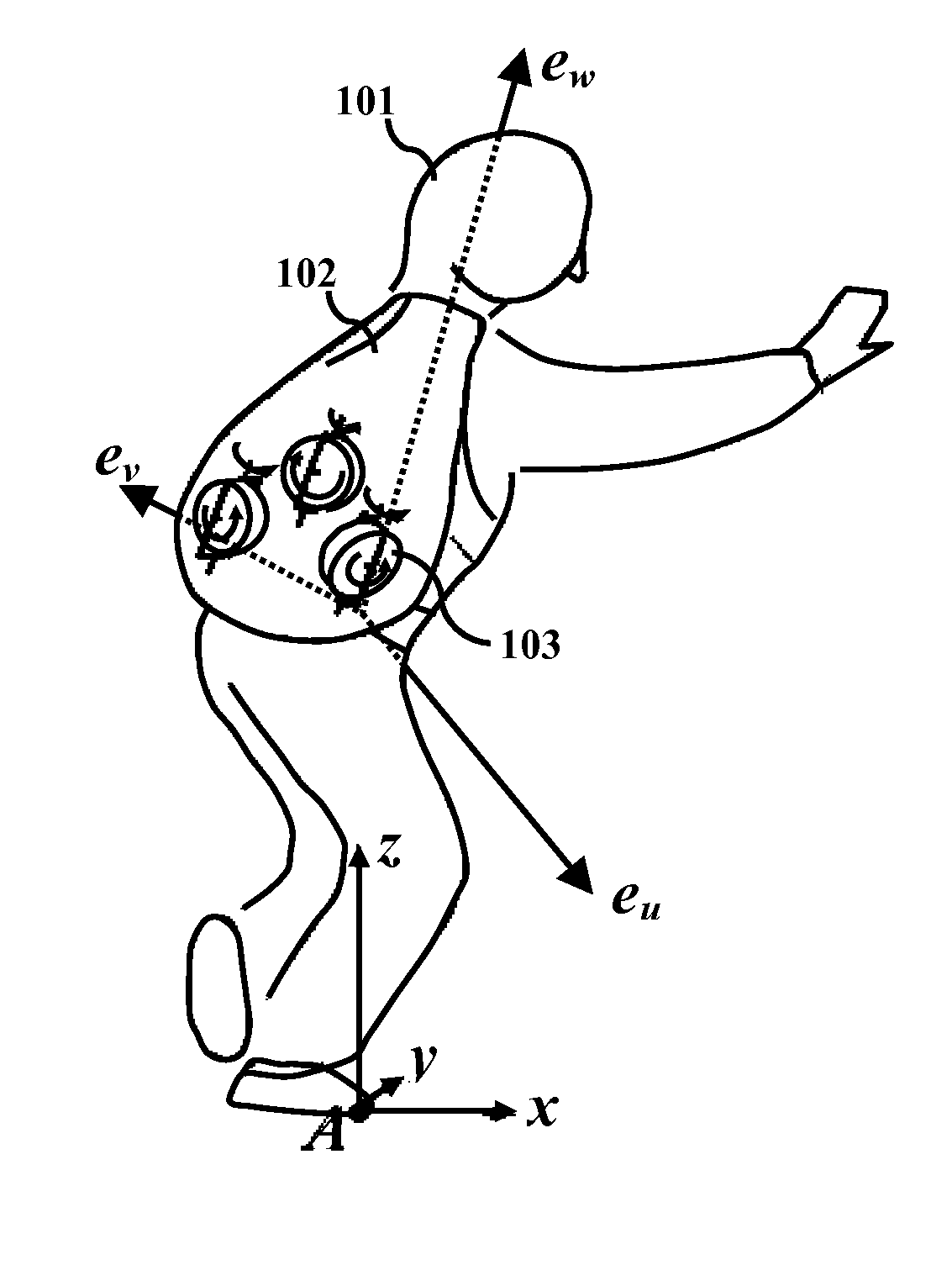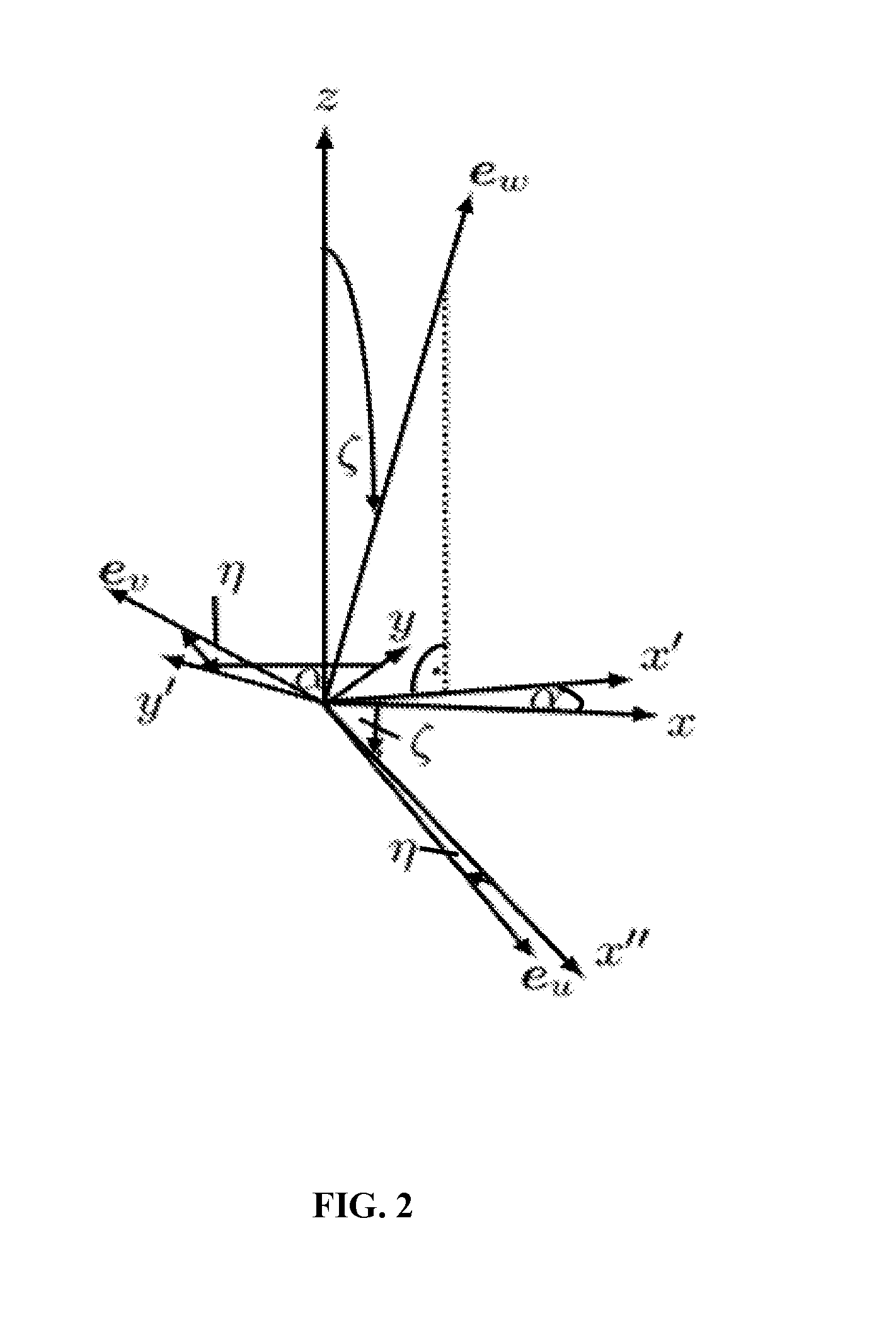Gyroscopic-assisted device to control balance
a technology of gyroscopic assistance and balance, which is applied in the direction of physical therapy, mechanical equipment, instruments, etc., can solve the problems of heavy and bulky devices that are impractical for many users to use in daily life, high risk of falling for an individual, and injury among elderly peopl
- Summary
- Abstract
- Description
- Claims
- Application Information
AI Technical Summary
Benefits of technology
Problems solved by technology
Method used
Image
Examples
Embodiment Construction
[0019]The primary object of the embodiments herein is to provide a gyroscopic-assisted system and method for balancing a user during gait dysfunction and preventing / mitigating a fall among the elderly as well as patients suffering from neuromuscular disorders.
[0020]Another object of the embodiments herein is to provide a gyroscopic-assisted system with a lightweight backpack harness for preventing a fall of a user in any direction.
[0021]Yet another object of the embodiments herein is to develop a gyroscopic-assisted system incorporated in another user rehabilitation device, such as an exoskeleton, in order to provide a prosthesis for a paralyzed or paretic user.
[0022]Yet another object of the embodiments herein is to develop a gyroscopic-assisted system to slow down a fall or to reorient a person to a desired state (for example, a vertical position) upon detecting a fall toward any direction, with the detection particularly being based on inclination, or on rotational or translation...
PUM
 Login to View More
Login to View More Abstract
Description
Claims
Application Information
 Login to View More
Login to View More - R&D
- Intellectual Property
- Life Sciences
- Materials
- Tech Scout
- Unparalleled Data Quality
- Higher Quality Content
- 60% Fewer Hallucinations
Browse by: Latest US Patents, China's latest patents, Technical Efficacy Thesaurus, Application Domain, Technology Topic, Popular Technical Reports.
© 2025 PatSnap. All rights reserved.Legal|Privacy policy|Modern Slavery Act Transparency Statement|Sitemap|About US| Contact US: help@patsnap.com



